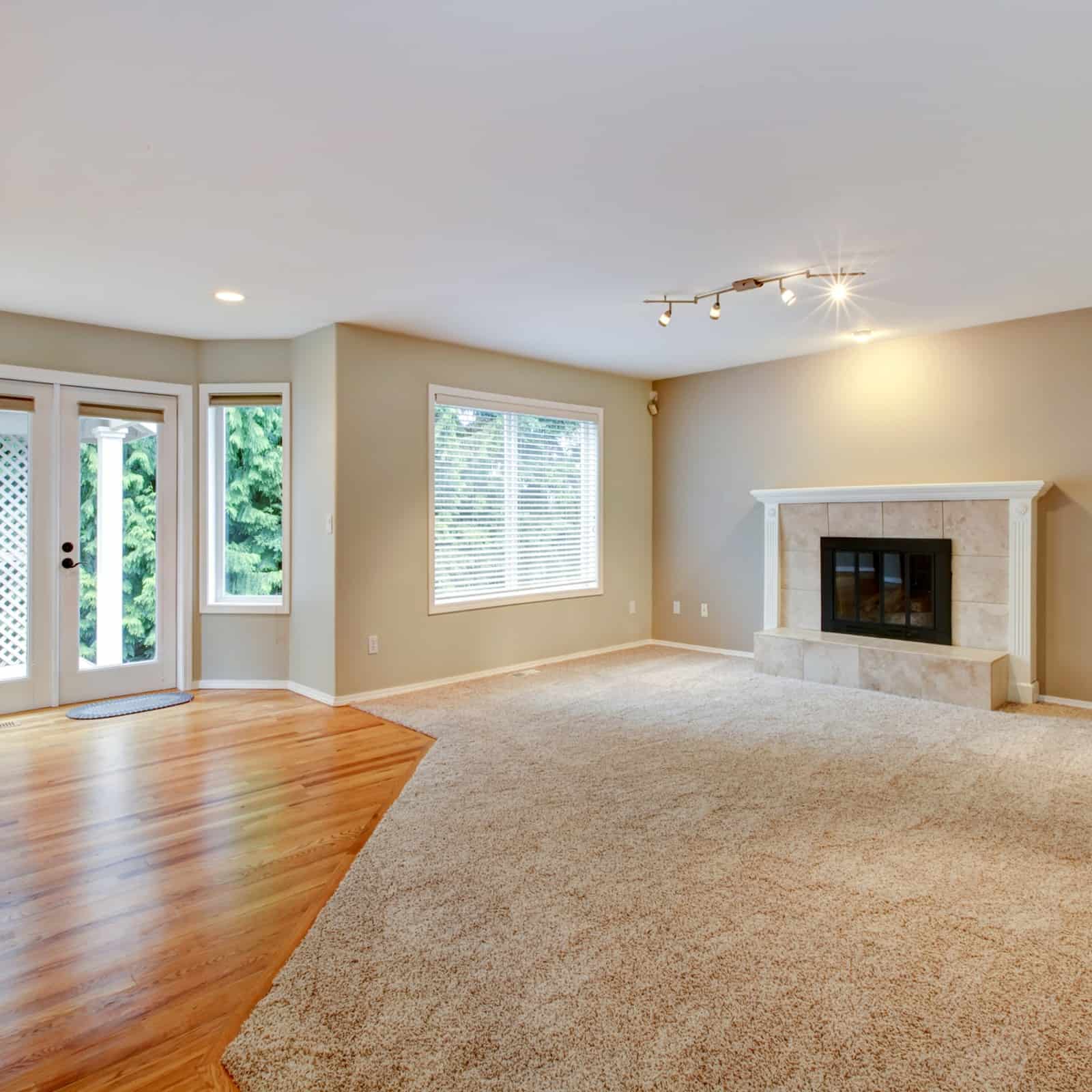
How To Transition In Between Two Different Floors
When you are planning a house renovation, floor transitions might not be one of the first things that you think of. More likely you are trying to choose the perfect tile, trying to decide whether or not it is risky to have carpet with your messy household, or caught up with the laminate vs. vinyl debate. We completely understand. However transitions in between floors are a very important aspect of any house to ensure that all of the floor design options that you choose seamlessly blend from one room to the next.
When we say floor transitions, what do we mean? Imagine the classic door threshold – with the raised strip you step over or on when you enter the room. If there were no floor transitions, you would end up having frayed carpet edges running along unfinished tile grout or hardwood planks. Thresholds – the word itself and the object – originate from farmhouse floors in medieval times. They were covered in hay and straw. The debris (thresh) scattered whenever wind came through a door. So planks were fastened across the doorway’s bottom to keep out the thresh- which is how the “threshold” came to be.
Our floors today might be a bit cleaner compared to the medieval farmhouses from the old days. However, floor transitions are still quite important when making the shift between different kinds of floors.
The simple days are long gone when each room in a home has the exact same kind of floor. Today there are numerous options to match your needs and preferences in every single room in your house, so most likely you will have three different types of floors at least, with each of them needing a transition.
Fortunately, there are three different kinds of floor transition strips that are available that make it very easy to safely switch between different kinds of flooring – with no concerns about tripping hazards.
The first thought you might have is to select the floor transition that is the least noticeable so it doesn’t cause any distractions from your beautiful new floors. However, there is an important benefit to having floor transitions that are clearly marked. Although many toddler trips might be triggered by floor trims, for more experienced walkers, having a floor transition that is obvious and clear helps with anticipating a change in flooring elevation and texture, to prevent tripping accidents.
Transitioning Between Floors That Are Different Heights
When you are planning a transition from carpet to tile (for example from the living room into the kitchen) you are going to need to have a door transition that has an aluminum strip that can grip the carpet as well as account for the height differences between the tile and carpet. Floor transitions are available in hardwood or vinyl. You can stain hardwood transition strips so they match the adjoining floor’s color.
Also, there are transition strips available that provide seamless transitions from tile flooring to laminate flooring. They come with molding that matches the various flooring thickness, allowing you to easily moonwalk from one room to the next. You can even make transitions in between uneven floors smooth if the right floor trim is used.
Transitioning Between Floors That Are The Same Height
These days, open floor plans are very popular. This means you may need to have a different transition in between your floors other than a traditional doorway threshold. The following are a couple of ways you can do that:
- Perpendicular Planks: Usually all it takes is a perpendicular tile or plank of wood to create a transition that is easy to look at. However, more unique design options are available to consider when you have floors that are the same height.
- Accent Borders: Using a thin accent border is an effective way to help ease a transition in between two different kinds of floors. The border may be made from the same materials that the floors are made of, or an accent can be added by selecting mosaic or bold tiles.
- Interlocking Floors: There is another option you can use to make a transition going from tile to wood very interesting. Your wood floors can be cut so they interlock with the tile edges. This method can work with scalloped, hexagonal, diagonal, and square tiles, making it a very flexible option.
The options above can help you get started with creating effective and interesting floor transitions in your home. They are important for both safety and aesthetic reasons and there are many different options that are available to you that you can take full advantage of.
No matter what type of floors your house has, your local experts at Raleigh Flooring are ready to help you create a transition between them that is absolutely seamless. They are very happy to assist you will all of your projects, both small and big, so visit them today to get started.

